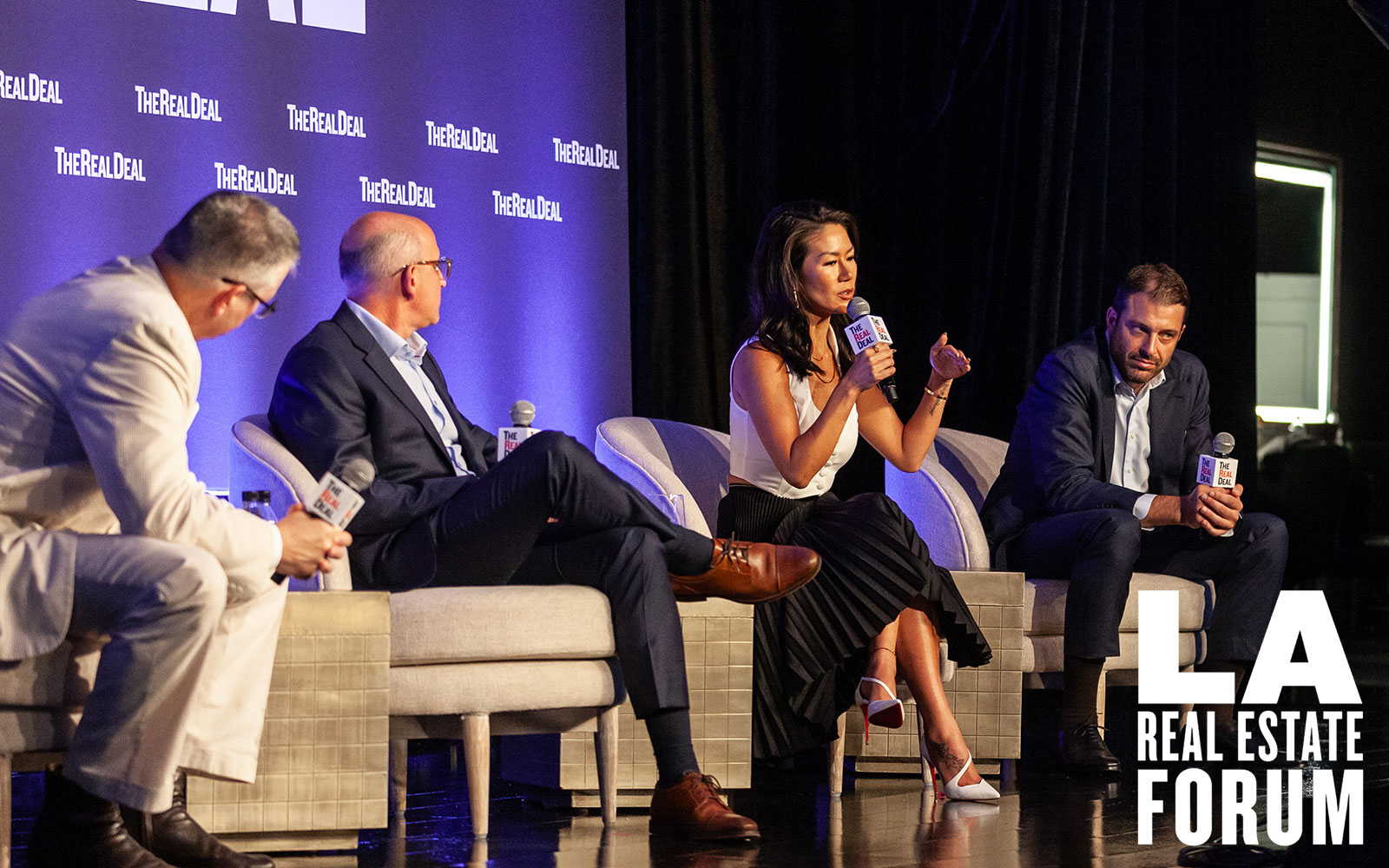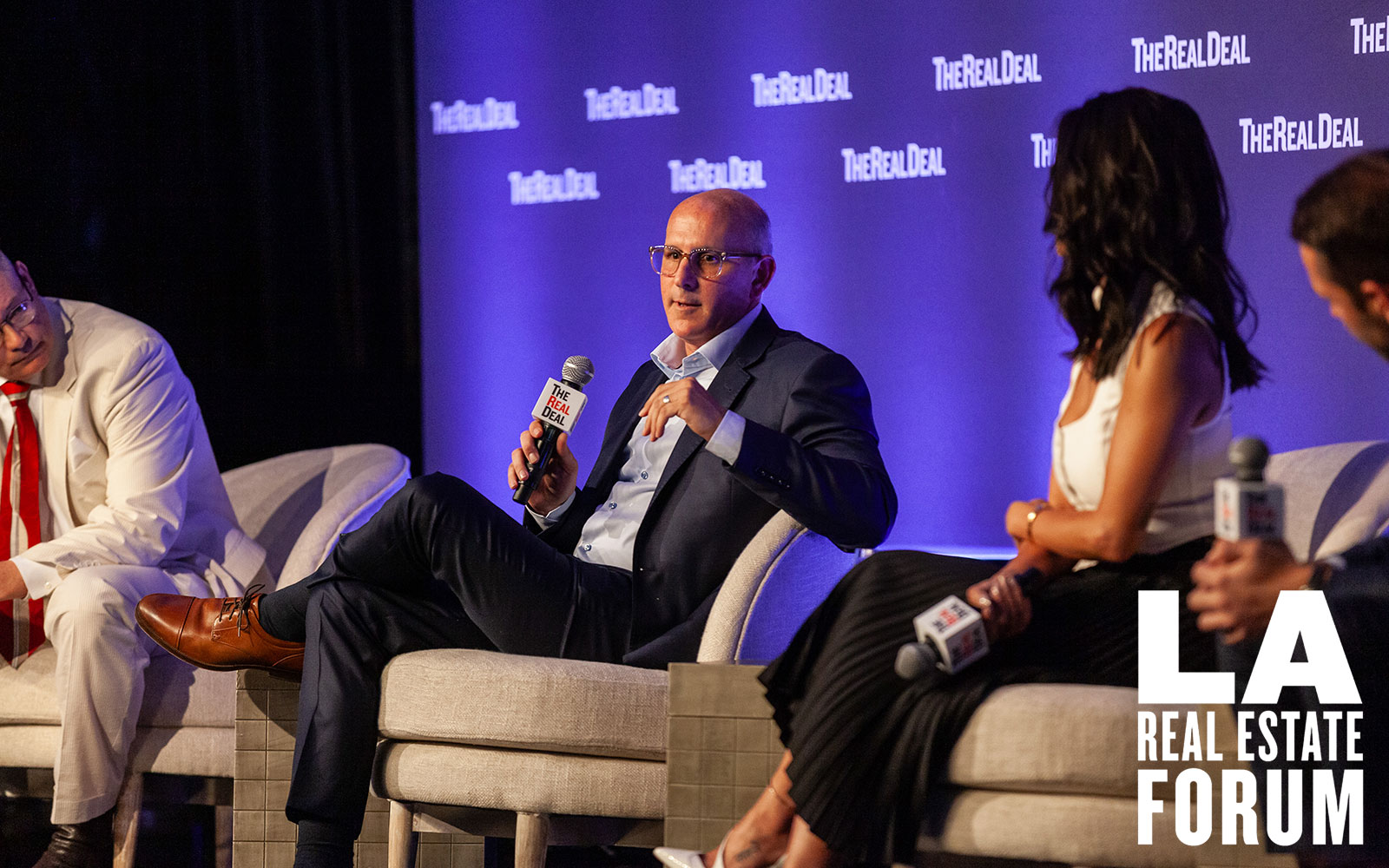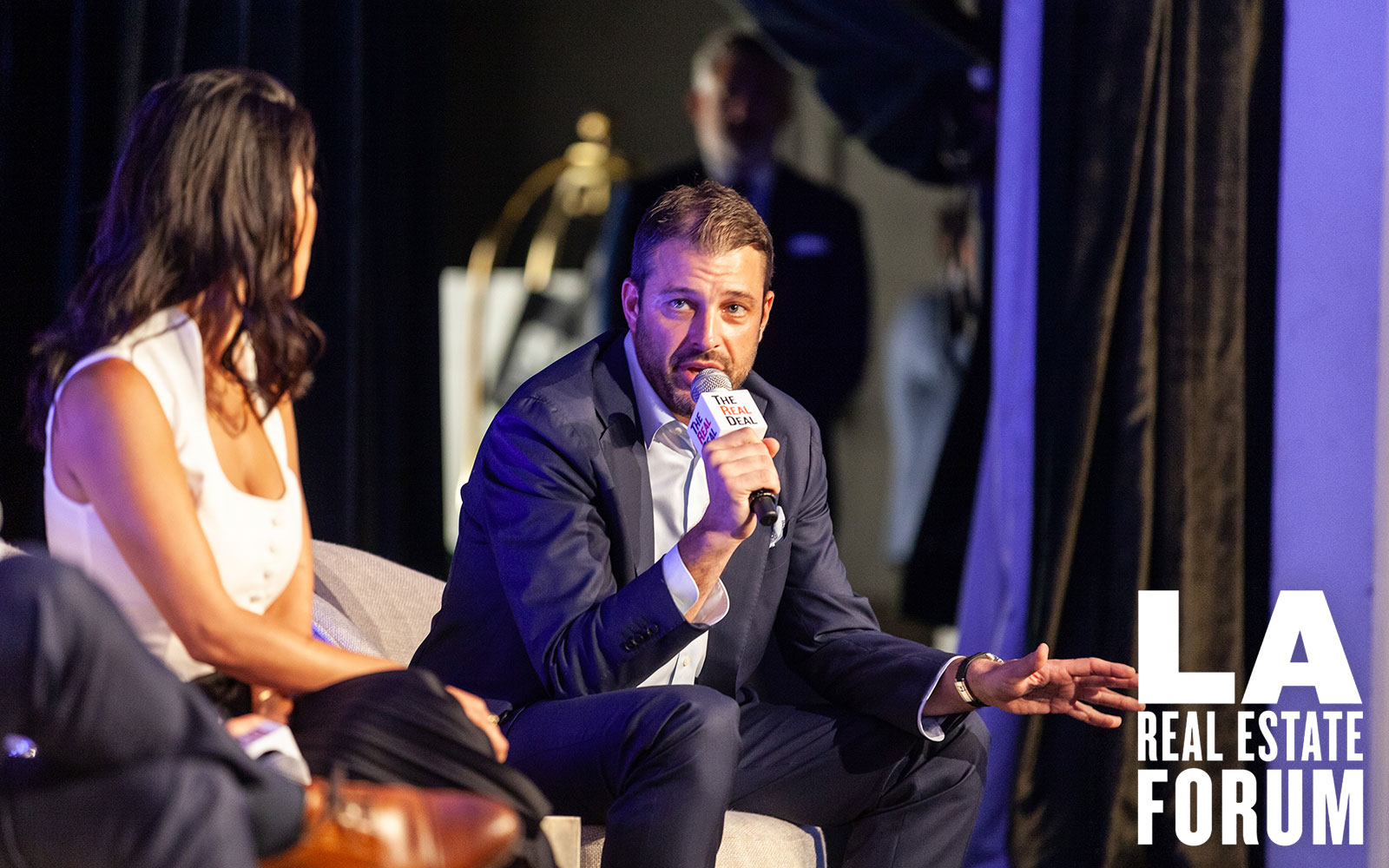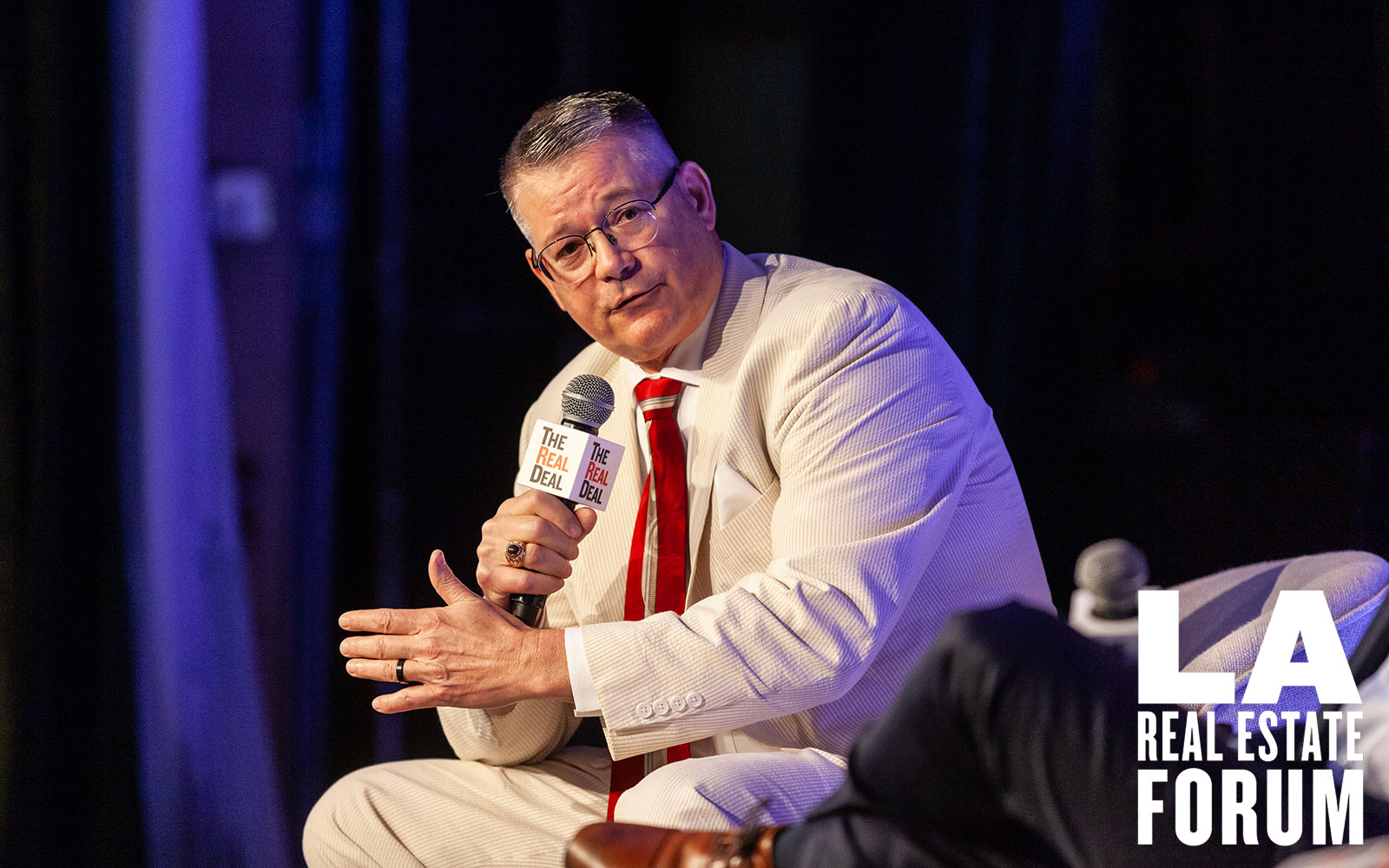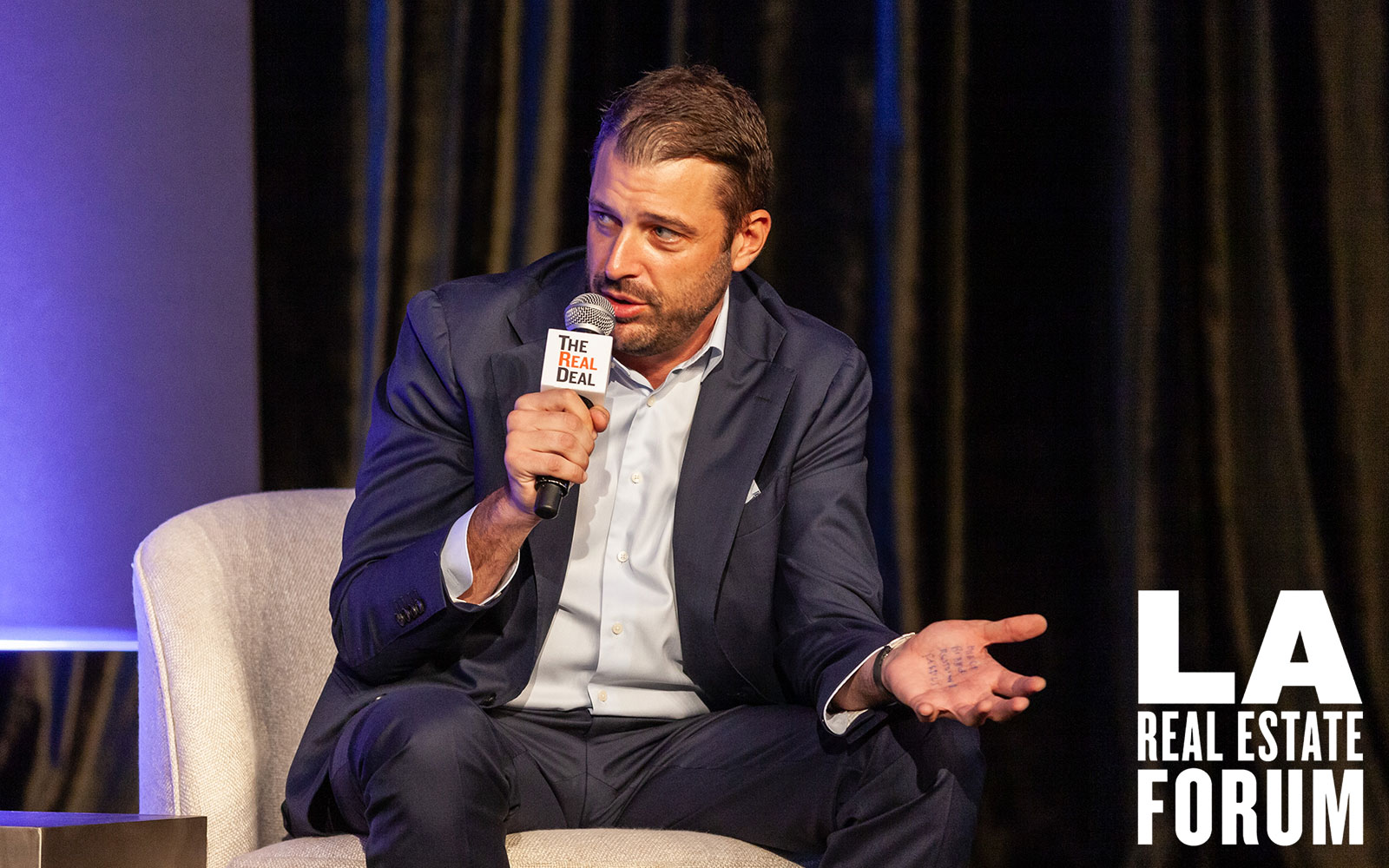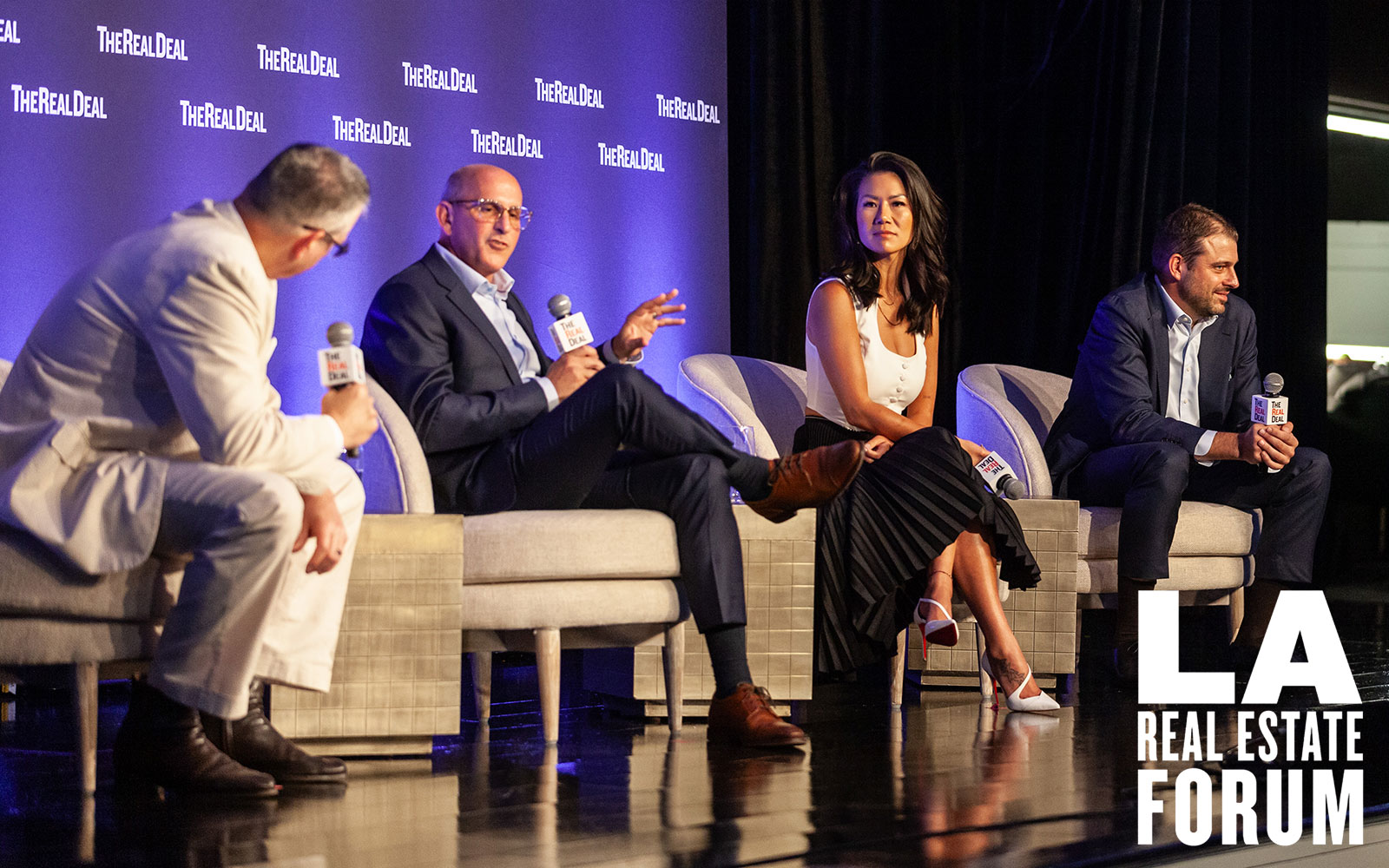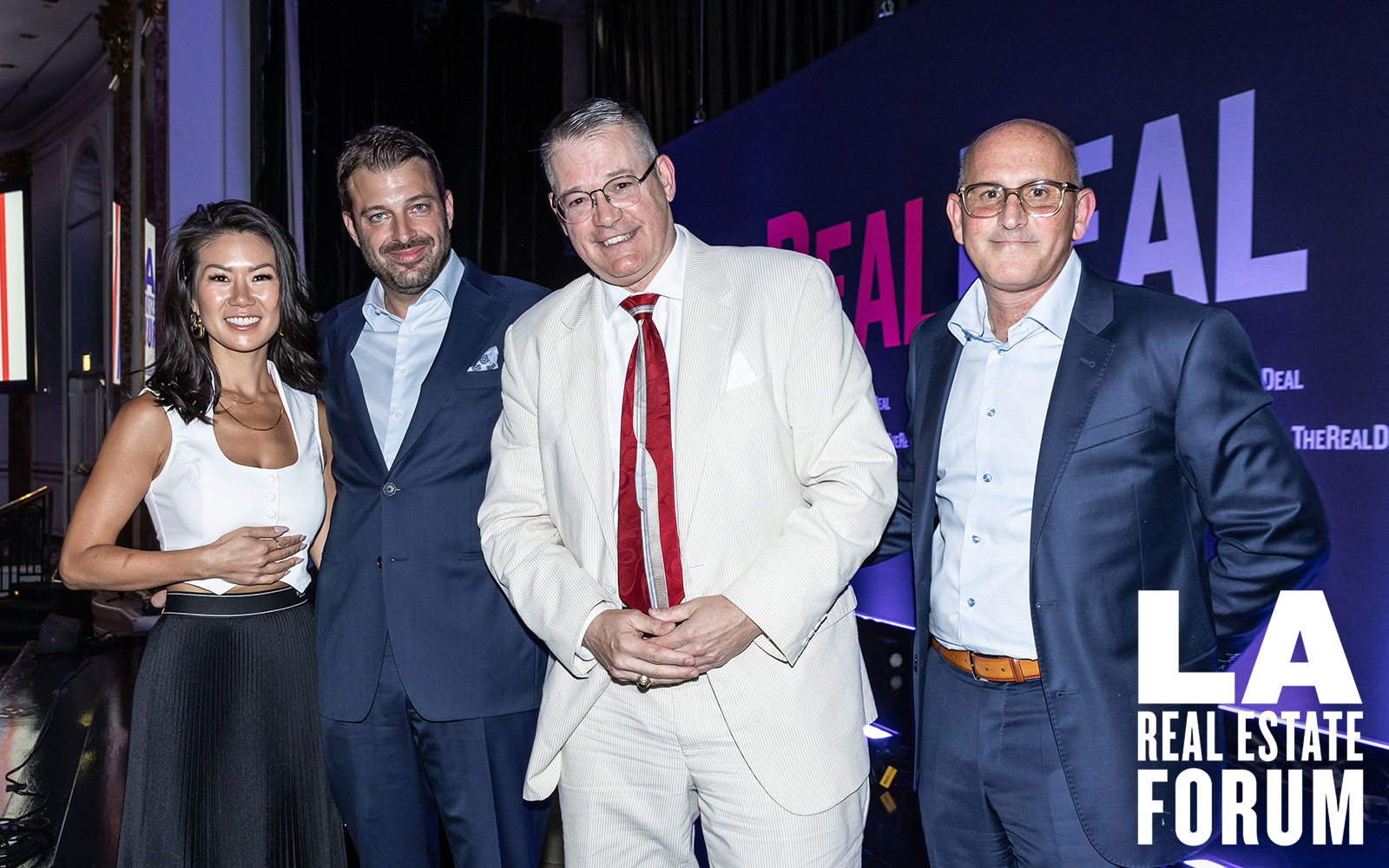Los Angeles mixed-use projects are growing up. Some even have big ambitions to become the next city centers as they address evolving lifestyles.
That was the theme from a trio of experts on Thursday’s “Mixed Use is Coming to L.A.” panel, part of The Real Deal’s LA Real Estate Forum at the Beverly Wilshire.
“Mixed use isn’t really new in L.A.,” pointed out development advisor Hana Cha during the panel.
What is new, Cha said, are the expanded amenities to fit residents’ lifestyles and create communities.
“The new concept of mixed use in L.A. is the sense of appreciation that there is this community that is built in its own ecosystem that’s just so much more than what you get in your house or in your condo,” she explained.
Creating those bubbles where safety, security and personal interests converge are part of the next generation of mixed-use projects hitting the L.A. area.
For Cain International’s One Beverly Hills — a 17.5-acre project that includes the Beverly Hilton, Waldorf Astoria and Aman Hotel Residences & Club —the bubble is Beverly Hills.
“Beverly Hills we think is probably the best bubble on the planet,” said Cain’s Larry Green, who heads up development and operations for the project. “It’s all about that sense of safety, security and amenities that you have, all in a very walkable environment.”
The same logic applies at Century City’s Century Plaza project, which consists of the Fairmont Hotel & Residences, Park Elm residential towers and 100,000 square feet of retail and restaurants. David Reuben Jr. and his brother, through their investment vehicle, acquired the property through a foreclosure last year.
David Reuben pointed out during the panel that developers should be realistic about changing lifestyle requirements in a post-COVID world. He echoed Green on safety and security, in addition to projects addressing L.A. traffic and more transient lifestyles that don’t require staff to maintain large homes.
“High density really means creating spaces where people actually want to be and call it their primary residence,” Reuben said. “I think that’s the important thing about density. It’s not just more; it’s better.”
In Century City’s case, the market already has an abundance of offices; Century Plaza is viewed as adding asset classes that are underserved, Reuben said.
“In effect, it’s the new downtown as far as I’m concerned and, therefore, it needs-high rises in order to support the residential component,” he added.
Cha offered an additional perspective, pointing out how pricey projects such as One Beverly Hills and Century Plaza create communities for the affluent.
“If we’re talking about this concept of community and bringing together like-minded people, it’s like, ‘OK, we have this cool thing that’s happening here, but it’s going to cost you $25 million for a two-bedroom condo, and if you can’t pay to play, then you’re not welcome in our community,’” Cha said. “That is a real thing and I think we have to think about that.”
Green countered that, pointing to Playa Vista’s evolution.
“It’s not billionaires moving into Playa Vista, but it’s [serving] an important function,” he said.
The idea of belonging to a community is desired at all price levels and can therefore be created at all price levels. Projects that come at a higher price point for their residents are just a response to the market, he added.
“What David and I are doing is an evolution of things that we’ve been seeing in and around Los Angeles for some time,” Green noted.
The post Developers look to redefine “mixed use” for LA buyers appeared first on The Real Deal.
Powered by WPeMatico

